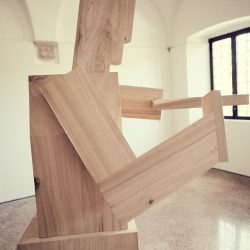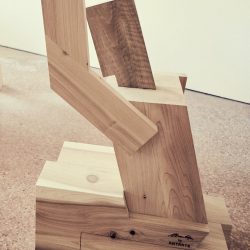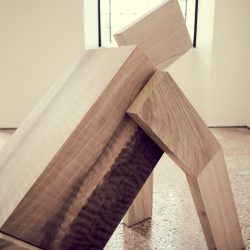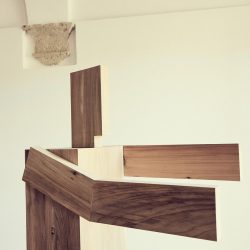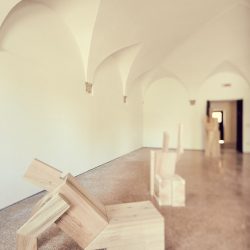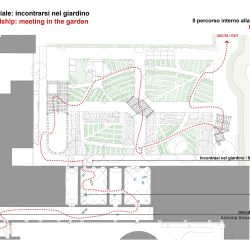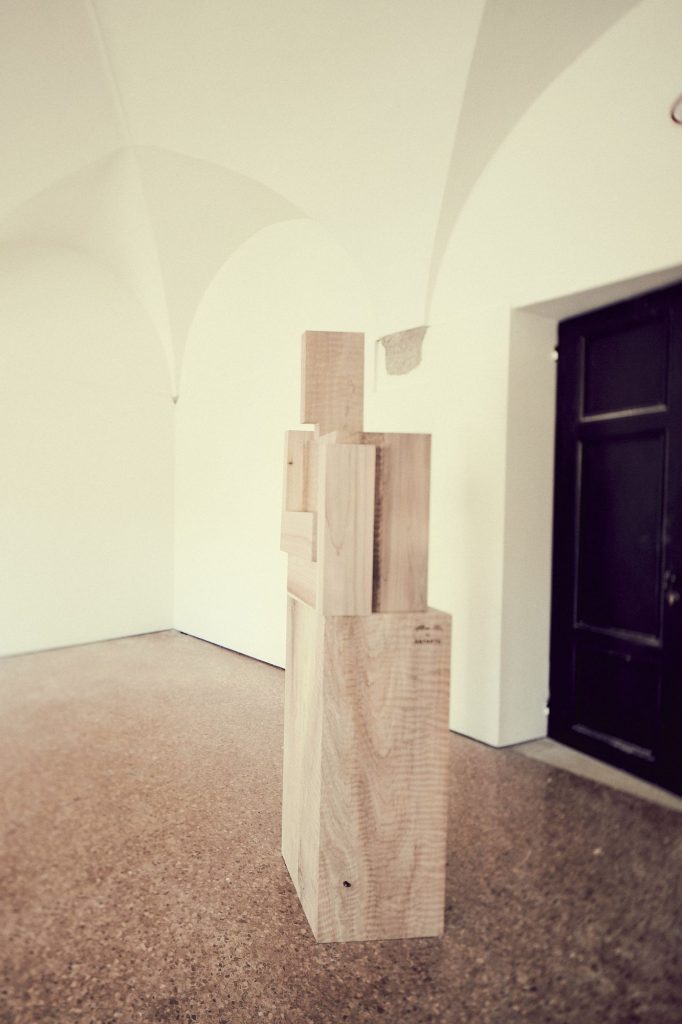
Álvaro Siza
Activist Greta Thunberg delivered the speech better known as the one of “blah- blah-blah” in Glasgow during the 26th Unit- ed Nations Climate Change Conference, warning not only those who steward the planet, but also anyone who inhabits it and, with small gestures, can take care of what surrounds him.
“They drown our dreams and hopes in their ocean of empty words and promises. Sure, we need to engage in dialogue, but we are now at thirty years of blah blah blah, and what was it for?
We don’t have a planet B.
We don’t have a planet blah – blah blah blah blah blah…”
In 2020, the Holy Father Francis, in full health emergency from COVID-19, showed himself to the world alone, on the vast Saint Peter’s Square, in that image of great poetic force in front of the world.
It takes courage to inhabit the void, to face loneliness (to quote Cardinal de Mendonça).
We always make the mistake of fill- ing empty spaces, of occupying them in excess. Taking care of the planet, as we take care of ourselves, and celebrating the culture of encounter are the lessons drawn from Francis’ encyclicals Laudato si’ (2015) and All Brothers (2020), which become the guide to the exhibition itin- erary of the Vatican’s participation in the 18th International Architecture Biennial Exhibition in Venice of 2023.
The Holy See has chosen to inhabit the rooms and garden of the Abbey of San Giorgio Maggiore in Venice, hosted by the monks who already reside in those plac- es. The Benedictine monastery, thus, be- comes the setting for Social Friendship: Meeting In The Garden, in response to the theme The Laboratory of the Future proposed by the general curator of the exhibition Lesley Lokko.
The peculiarities of Venice have always made it an environment for experimen- tation: there is water, there are no auto- mobiles with their pollution, one moves on foot, it was built as a sequence of spaces on a human scale. The Benedictine communi- ty settled in one of the most characteristic places of this town/lagoon sequence: the Island of San Giorgio Maggiore. Here, the construction of a real process is achieved, the evocative dimension of a design that is not necessarily conceived to define a finite space, but rather a modus operandi. With the “installations” created, we took care of putting things in order through design and practice of simple gestures, taken from daily use and the monastic life model.
The first act consisted of putting the garden in order, together with the group of gardeners Michela Valerio, Agostino Vallonzer and Riccardo Bermani (About Cultural Society), integrating the exist- ing trees with the new plantings in the garden made up of various sections of vegetables (for conventual or external consumption), aromatic and medicinal herbs, wild herbs and edible flowers (for contemplative spaces). The arrangement of crops is identified with an element of nature – sun, earth, air, water – associat- ing the edible part of the plants with their respective element: fruits needing sun (tomatoes), underground growing roots and tubers in earth, fragrant flowers moving in the air, and leaves full of wa- ter. Wherever possible, the garden was divided into geographical areas to tell the origins of the plants: in the fruit–sun sec- tion there are mainly plants that come from the Americas and in the roots– earth section instead plants from the Mediterranean basin (Southern Europe, Middle East, Near East) predominate.
The second act is performed accord- ing to the design and construction of the collective of architects studio Albori (Emanuele Almagioni, Giacomo Borella, Francesca Riva) that, for having adopted a multidisciplinary practice, faces the re- ality of design by combining architectural activities with participatory and ecological processes. Through the reuse of the ma- terial taken from the removal of a house in Cortina d’Ampezzo, artifacts have been created to house a chicken coop and fa- cilities that make it possible to stay in the garden, to have shelter, to meet or simply to contemplate. They consist of a kiosk with a pergola (lemon house), a parasol with seats, a seed deposit with a pergola and shelter, a greenhouse.
The third act, the origin, is the one that welcomes the visitor at the start of the exhibition itinerary: the installation O en- contro (The Encounter) by Álvaro Siza.
A sequence of figures are arranged from the main gallery through the halls until the garden. They welcome us with open arms, on their knees or simply greeting. They dialogue with the un- harmed space of the monastery, they dialogue with each other, they dialogue with visitors. With their gesturality they lead us to the meeting in the garden, the place of contemplation.
BLAH-BLAH-BLAH: NOTHING NEW, LIKE MEETING IN THE GARDEN
Roberto Cremascoli
Curator
_
SOCIAL FRIENDSHIP: MEETING IN THE GARDEN
The Holy See’s Participation at 18th International Architecture Exhibition
La Biennale di Venezia
ABBAZIA DI SAN GIORGIO MAGGIORE – ISOLA DI SAN GIORGIO MAGGIORE, VENEZIA
20.05.2023 – 26.11.2023
Commissario Commissioner
Cardinal José Tolentino de Mendonça
Curatore Curator
Roberto Cremascoli
Installazioni Installations
Álvaro Siza*
studio Albori
(Emanuele Almagioni, Giacomo Borella, Francesca Riva)**




